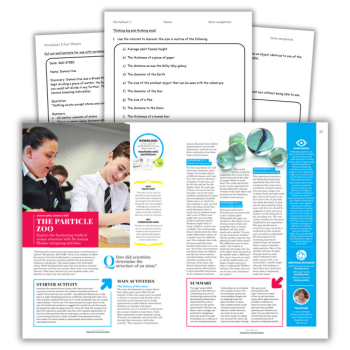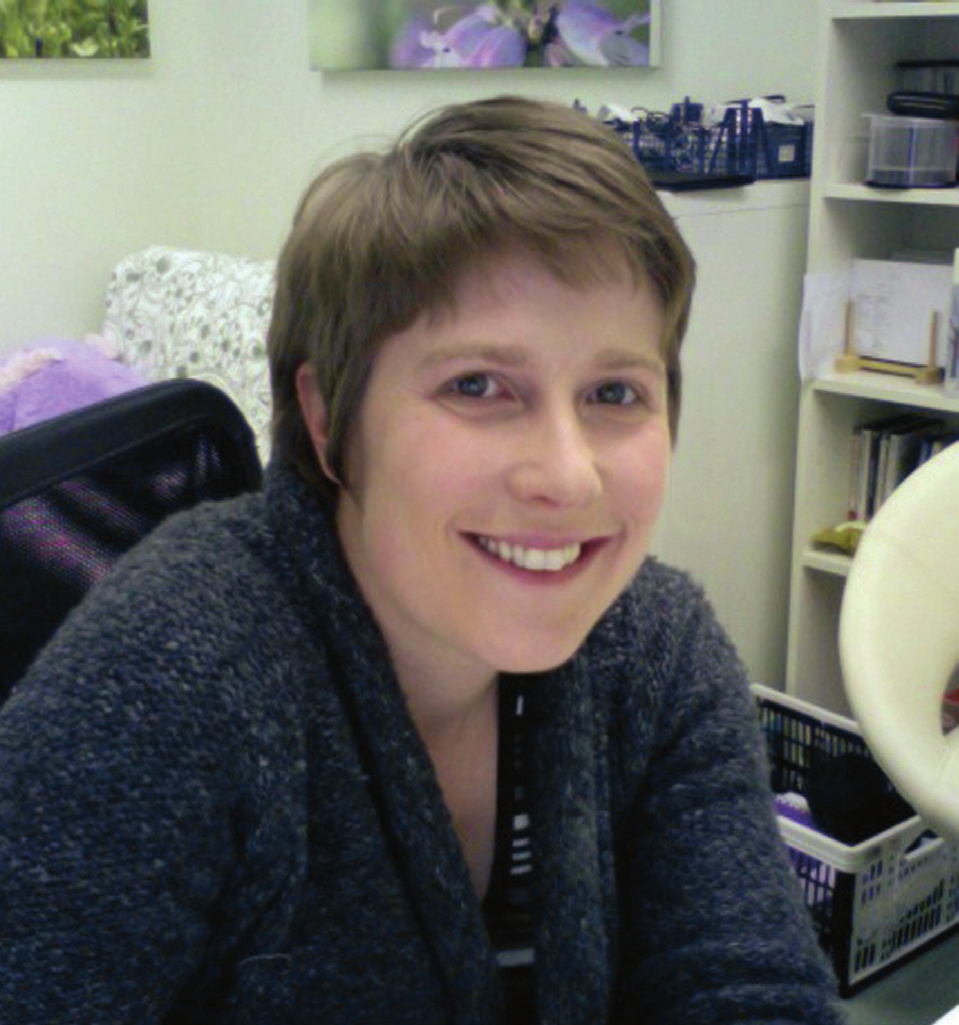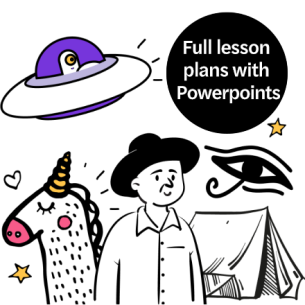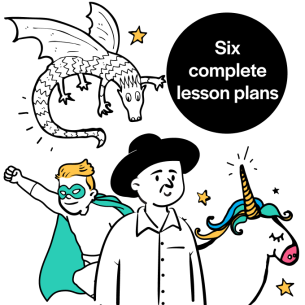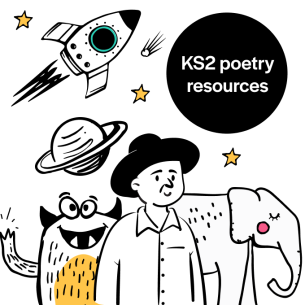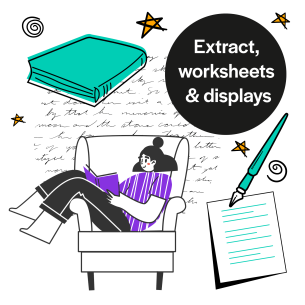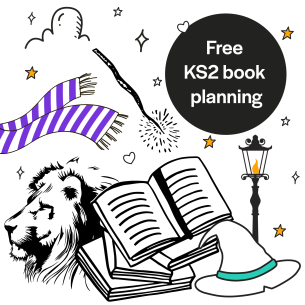Two-page PDF lesson plan and Word document worksheets
KS3
Years 7-9
Explore the fascinating world of atoms with Dr Joanna Rhodes’ intriguing atomic structure KS3 activities…
“Nothing exists except atoms and empty space; everything else is opinion.”
Democritus, 460-370BC
Invite your students to follow the journey from Greek philosophy to quantum mechanics to unravel the mysteries of matter and blur the lines between chemistry and physics.
This lesson begins with ‘indivisible’ atoms. You’ll then break them apart into protons, neutrons and electrons, then into quarks. These exist in six intriguing ‘flavours’.
How many baryons can your students make, and identify, to create your own ‘particle zoo’?
Why teach this?
“The task is, not so much to see what no one has yet seen; but to think what nobody has yet thought about that which everybody sees.”
Schrödinger
Challenge your students to really think while carrying out experiments that model the discovery of atomic structure.
Atomic structure KS3 curriculum links
This lesson covers the history of atomic structure and teaches students the importance of how scientists were able to draw their conclusions from indirect observations.
Download includes:
- Full PDF lesson plan
- 7 x worksheets
- 1 x fact sheet
Atomic structure starter activity
Introduce the earliest atomic theory with Democritus and Leuccipus and their atomos; the smallest indivisible particle of matter.
‘How small can you cut’ is a really interesting activity to model this. Starting with a 28 x 1cm strip of paper, students fold and cut it in half repeatedly; they can usually make between 7 and 8 cuts.
This takes the piece of paper down to the size of a thread. Ask students to suggest the number of cuts that would be required to take the paper down to 1 atom (31 cuts), the nucleus of an atom (41 cuts) and a quark (58 cuts).
Now with a greater appreciation of the size of the particles they are referring to, students could complete a card sorting activity to create a timeline of key developments to the model of an atom based on experimental observations and their associated theories.
Dr Joanna Rhodes M.Chem, D.Phil, MRSC is Head of Sixth Form at Wakefield Girls’ High School.
